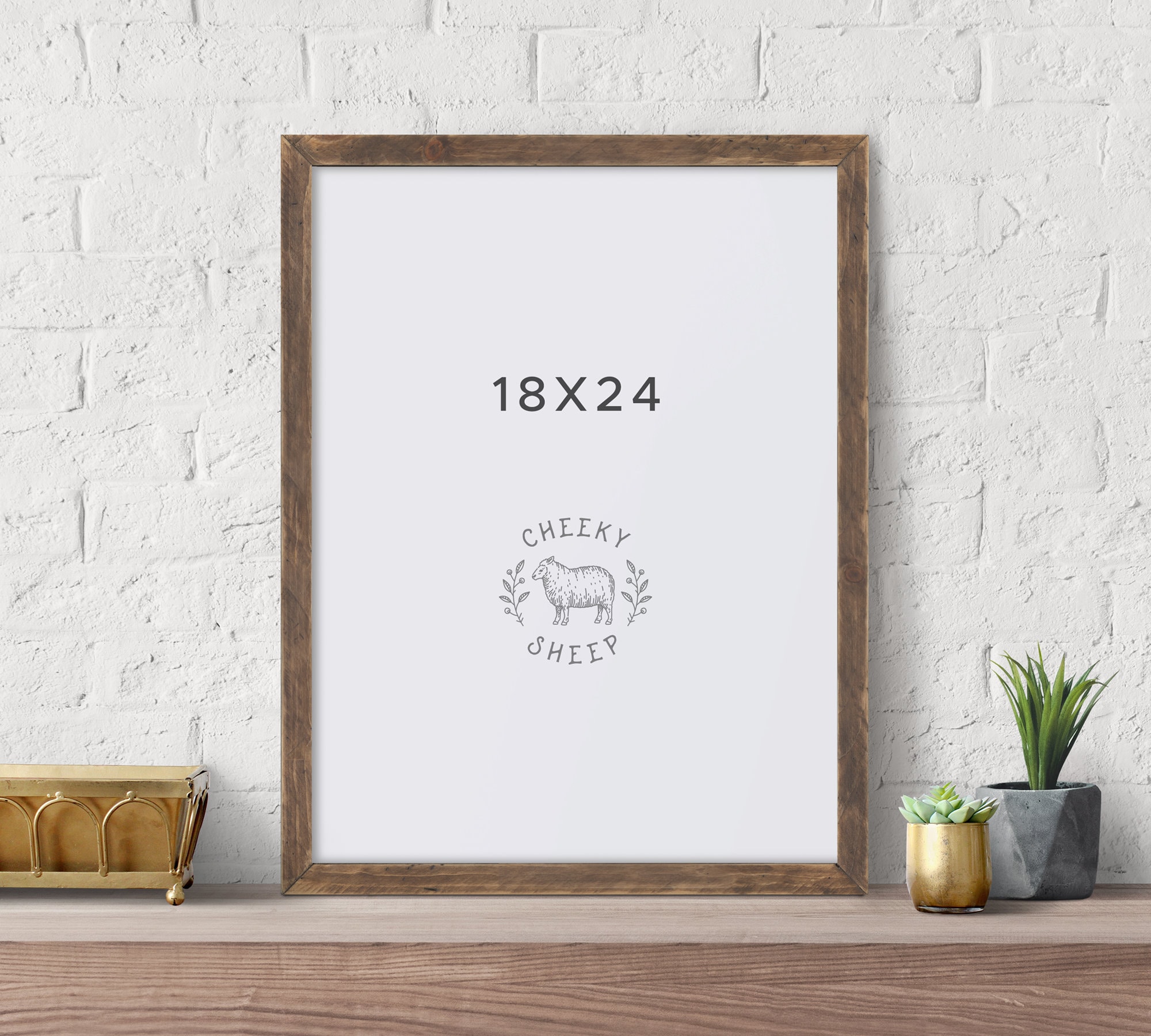Standard Cabinet Heights and Spacing

Kitchen design involves careful consideration of various factors, and among the most crucial are the heights and spacing of upper and lower cabinets. These dimensions significantly impact both the functionality and aesthetics of the kitchen, influencing everything from workflow efficiency to the overall visual appeal of the space. Optimal cabinet placement maximizes storage while ensuring comfortable movement and a balanced design.
Standard distance between upper and lower kitchen cabinets – Typical lower cabinets range from 34 to 36 inches in height, providing ample counter space and convenient access to drawers and cupboards. Upper cabinets, on the other hand, usually sit between 30 and 42 inches above the countertop, with the standard height often falling around 36 inches. This standard, however, is heavily influenced by the ceiling height of the kitchen.
Ceiling Height’s Influence on Cabinet Placement
Ceiling height plays a pivotal role in determining the optimal distance between upper and lower cabinets and the overall heights of the cabinets themselves. In kitchens with lower ceilings (under 8 feet), maintaining a sufficient distance between the cabinets becomes paramount to avoid a cramped or claustrophobic feel. Conversely, higher ceilings (over 9 feet) offer more flexibility, allowing for taller upper cabinets and potentially increased storage space. The balance lies in creating a visually pleasing and functionally efficient space that accommodates both storage needs and comfortable movement.
Standard Cabinet Dimensions and Spacing for Varying Ceiling Heights
The following table illustrates suggested cabinet heights and spacing based on different ceiling heights. These are guidelines, and individual preferences and design considerations may necessitate adjustments. Remember to always consider factors like personal comfort and the overall aesthetic vision for the kitchen.
| Ceiling Height (ft) | Lower Cabinet Height (in) | Upper Cabinet Height (in) | Space Between Cabinets (in) |
|---|---|---|---|
| 8 | 34 | 30 | 18 |
| 9 | 36 | 36 | 18-24 |
| 10 | 36 | 42 | 24 |
Examples of Kitchen Layouts with Varying Ceiling Heights
Consider a kitchen with an 8-foot ceiling. To avoid a cramped feeling, lower cabinets might be 34 inches tall, upper cabinets 30 inches, with a 18-inch gap between them. This setup maximizes usable space while maintaining a sense of openness. The visual impact is a kitchen that feels more intimate and cozy, suitable for smaller spaces.
In contrast, a kitchen with a 10-foot ceiling could accommodate taller upper cabinets (42 inches) and lower cabinets (36 inches), with a 24-inch gap. This increased vertical space provides ample storage, and the visual effect is a more spacious and airy feel. The taller cabinets draw the eye upwards, creating a sense of grandeur. A kitchen with a 9-foot ceiling would represent a middle ground, allowing for more flexibility in cabinet height and spacing, offering a balance between spaciousness and intimacy. The specific design choices would depend on the overall style and intended aesthetic of the kitchen.
Factors Influencing Cabinet Spacing: Standard Distance Between Upper And Lower Kitchen Cabinets

Proper cabinet spacing is crucial for creating a functional and user-friendly kitchen. The distance between upper and lower cabinets significantly impacts ergonomics, workflow, and overall kitchen efficiency. Ignoring these factors can lead to a frustrating and inefficient workspace.
Ergonomic principles are fundamental to designing a comfortable and efficient kitchen. The space between upper and lower cabinets directly affects how easily and comfortably a person can work within the kitchen. Insufficient space can lead to strain and discomfort, while excessive space can make accessing upper cabinets difficult and awkward.
Ergonomic Considerations and Comfortable Reach
The ideal distance between upper and lower cabinets should allow for comfortable reach and movement. A standard countertop height of 36 inches combined with a comfortable reach for the average person necessitates a gap of approximately 18-24 inches. This range ensures that users can comfortably access both the countertop and the upper cabinets without excessive stretching or bending. A smaller gap might force users to hunch over, while a larger gap might necessitate climbing on a stool or reaching uncomfortably high. This distance also needs to consider the height of the user; taller individuals might require slightly more space, while shorter individuals might find a smaller gap more comfortable. Consideration should also be given to the placement of frequently used items, with those most commonly accessed placed at the most convenient height.
Impact of Cabinet Spacing on Workflow Efficiency in Different Kitchen Layouts
Cabinet spacing profoundly impacts workflow efficiency, varying depending on the kitchen layout. In a galley kitchen with limited space, optimal spacing is essential to maximize movement and prevent bottlenecks. A tightly spaced arrangement might be more suitable, while a larger space might impede movement and workflow. In contrast, larger kitchens with island layouts allow for more flexibility in cabinet spacing. A more generous gap might be preferable to accommodate larger appliances or increased counter space. The arrangement of cabinets and the placement of appliances significantly impact the overall efficiency of the kitchen. For instance, a poorly designed spacing can lead to awkward movements and unnecessary steps while preparing meals. Careful planning is needed to ensure a smooth and logical workflow.
Drawbacks of Excessively Large or Small Gaps Between Upper and Lower Cabinets
Excessively large gaps create wasted space and can make the kitchen feel less cohesive and potentially less safe, particularly for children who might try to climb up. It can also make accessing upper cabinets more challenging. Conversely, excessively small gaps can lead to discomfort and strain during food preparation, potentially leading to injuries from repeated bending and reaching. The optimal spacing ensures a balanced and functional space, promoting both safety and comfort.
Practical Tips for Maximizing Kitchen Functionality Based on Cabinet Spacing
The effectiveness of kitchen design hinges significantly on thoughtful cabinet spacing. Below are practical tips to maximize functionality:
Careful consideration of cabinet spacing is vital for optimizing kitchen functionality. The following points offer practical guidance for achieving this:
- Prioritize frequently used items: Place items used most often at easily accessible heights and locations. This reduces wasted time and effort searching for items.
- Consider user height: Adjust cabinet spacing to accommodate the height of the primary users of the kitchen. Avoid extreme reaching or bending.
- Integrate appliances strategically: Consider the placement of appliances in relation to cabinet spacing to optimize workflow and minimize movement between tasks.
- Maximize vertical space: Utilize upper cabinets effectively by storing less frequently used items in higher spaces and using pull-out shelves or drawers to enhance accessibility.
- Allow ample counter space: Ensure sufficient counter space between the upper and lower cabinets for food preparation and other kitchen tasks. This promotes efficient workflow and reduces clutter.
Aesthetic and Design Aspects of Cabinet Spacing

The spacing between upper and lower kitchen cabinets significantly impacts the overall aesthetic appeal of the room. More than just functionality, the visual balance and harmony created by this space contribute greatly to the kitchen’s design. This interview explores how different design elements interact to influence the perception of this crucial distance.
Cabinet Style and Design Influence on Optimal Spacing
The style of your cabinets plays a crucial role in determining the ideal spacing. For instance, Shaker-style cabinets, with their simple, clean lines, can tolerate slightly tighter spacing without feeling cramped. Conversely, more ornate or heavily detailed cabinets, such as those with elaborate carvings or raised panels, might benefit from a larger gap to allow their features to be fully appreciated. A larger gap emphasizes the craftsmanship and detail, preventing them from feeling overwhelmed. Conversely, a smaller gap might make the details feel cluttered or lost. Modern, minimalist cabinets often prefer a smaller gap, enhancing their streamlined look.
Cabinet Door Style and Visual Impact
Different cabinet door styles interact differently with varying spacing. Flat-panel doors, common in modern kitchens, often work well with tighter spacing because they don’t have the visual weight of raised-panel doors. Raised-panel doors, on the other hand, can appear heavy and potentially overwhelming if the spacing is too small. A generous gap can create a sense of airiness and balance with this style. Glass-fronted cabinets also benefit from adequate spacing to showcase their contents without appearing crowded. Too little space diminishes the display effect. Conversely, too much space might make the cabinets appear visually separated and less cohesive.
Countertop and Backsplash Influence on Perceived Distance
The materials used for countertops and backsplashes significantly affect the perceived distance between upper and lower cabinets. A dark countertop and a busy backsplash can visually compress the space, making a standard gap appear smaller. Conversely, light-colored countertops and a simple backsplash can make the space feel more open and expansive, even with the same cabinet spacing. For example, a white quartz countertop paired with a simple white subway tile backsplash will create a much more open feeling than a dark granite countertop and a patterned mosaic backsplash, even if the cabinet spacing remains constant. This is because of the contrast and visual weight of the materials.
Revised Article on Kitchen Cabinet Spacing (AI-Free), Standard distance between upper and lower kitchen cabinets
Standard spacing between upper and lower kitchen cabinets typically ranges from 18 to 24 inches. This provides sufficient space for comfortable use and allows for proper ventilation. However, several factors influence the optimal spacing. Cabinet style—such as Shaker, traditional, or modern—affects the perceived distance. Heavily detailed cabinets might require more space to prevent a cluttered appearance. Similarly, countertop and backsplash materials influence the visual impact. Darker colors and busy patterns can make the space feel smaller, while lighter colors and simpler designs can create a more open feeling. Ultimately, the best spacing is a matter of personal preference and the overall design aesthetic. Consider the style of your cabinets, the materials used for your countertops and backsplash, and the overall feel you wish to create in your kitchen.
